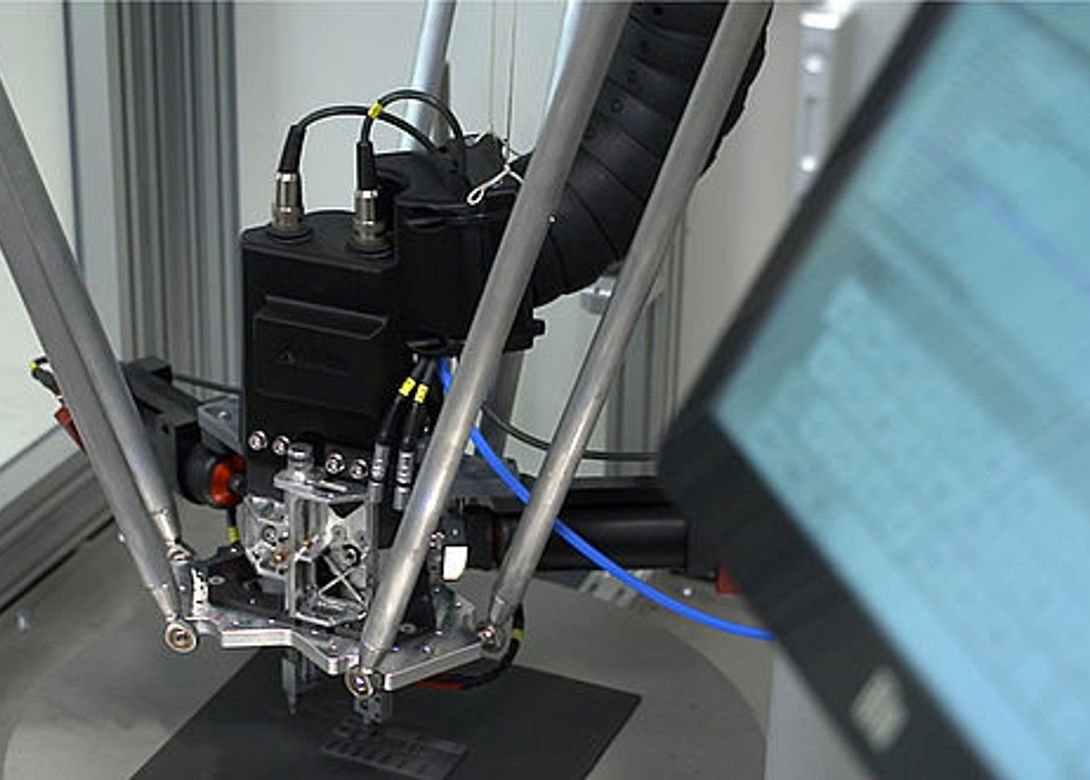
The CERATIZIT Group has won the 2020 Innovation Award of the FEDIL business federation in the ‘Process’ category for the development of a new process for the additive manufacturing of tungsten carbide-cobalt. Thus, the Luxembourg hard materials specialist has established itself as a pioneer in the additive manufacturing of cemented carbide components.
The additive manufacturing of components made of plastic, steel and other materials has continued to grow in importance over the last few years. However, in the case of cemented carbide, there had not been a reliable process so far that achieved the same standard of quality as the manufacturing processes that had been established and optimised over decades. With its newly developed process, CERATIZIT not only achieves the customary quality of products manufactured by pressing and machining but can also respond better to customer requirements.
“Additive manufacturing of carbide products provides us with more flexibility in terms of implementing customer requirements and opens new design possibilities, which we can use to offer our customers highly optimised, individual solutions in minimum time,” explained Dr. Ralph Useldinger, head of research and development at CERATIZIT.
One of the main advantages of the additive manufacturing of cemented carbide is the time and cost savings during the critical ramp-up of products in small batches and of high complexity such as the manufacturing of prototypes. By producing the geometry directly from the design software, 3D printing allows for the fast planning and implementation of projects, without the use of production-intensive shapes and dies as well as expensive, diamond-tipped tools which are needed for the machining of carbide parts. This undoubtedly saves a lot of valuable time and money, particularly in the development of prototypes.
The second big benefit of additive manufacturing is the wider range of possible shapes due to the direct production of free-form contours which go way beyond the limits of traditional manufacturing processes. Thanks to the new process, geometries can now be manufactured that were previously considered unfeasible. These include, for instance, structures that have undercuts or areas inaccessible to cutting tools such as cavities and channels inside the finished body which cannot be accessed from outside at a later stage. This innovation enables a higher degree of component complexity as well as a deeper level of integration while at the same time reducing the number of assemblies and individual components.

Having spent a decade in the fastener industry experiencing every facet – from steel mills, fastener manufacturers, wholesalers, distributors, as well as machinery builders and plating + coating companies, Claire has developed an in-depth knowledge of all things fasteners.
Alongside visiting numerous companies, exhibitions and conferences around the world, Claire has also interviewed high profile figures – focusing on key topics impacting the sector and making sure readers stay up to date with the latest developments within the industry.
Don't have an account? Sign Up
Signing up to FastFixTechnology.com enables you to manage your account details.